
Review on Ubiquiti Networks UniFi UAP-LR Enterprise WiFi System with Extended Range by Tim Harrington

Great access point, easy setup, long range, no experience required
but don't let that put you off. First, let me say that I have been in the networking business for over 15 years. years and has dealt with countless consumer and enterprise products. This access point is easy to set up. It takes 4 steps. 1) Connect it to a PoE injector or a PoE switch. 2) Install the UniFi software. 3) Wait for discovery. 4) Enter the SSID and Key. That's all. Ready. Easy. There aren't even that many features that you can customize. You will be fine with the default settings. That's why I bought it. My house was built in 1949 and the walls are lath and plaster. Wifi quickly fades through walls. I can lose about 20dB from one side of my house to the other, and my Cisco WRT320N couldn't provide adequate coverage in this old house. This is enough to get a signal throughout the house, but it degrades. This long-range access point provides enough gain to boost the signal so it reaches your home and garden. So far it's stable, but it's been up and running for less than a week. The other reason I bought Unifi is because I like single-purpose devices so I can update components as needed rather than being tied to a product cycle. My WRT320N is more than able to meet my broadband needs, but the WiFi in my house wasn't great. By adding Unifi I can update any of them whenever I want. Even if Unifi goes down for some reason, I can always go back to my WRT320N. With the WRT320N, I can use a spare router that I need to replace. Some caveats: Setup requires a UniFi controller installed on your PC or Mac. You won't have to keep it running after that, but you won't collect any stats. If you want to collect statistics and always have access to the controller, you must assign a computer to run the UniFi Controller. There is a way to install on Linux that I haven't tried but will try to run on my RaspberryPi. The controller software is based on Java 1.6 and I don't know if it will work with later versions of Java. In theory it should work, but I'm not sure. The release notes say they relaxed the JRE 1.6 requirements, but I haven't tried it yet. Note, however, that if you have Java installed, you may have trouble installing and using the UniFi Controller. It's worth one star because product vendors need to keep up with updates to the software they depend on. In the case of Java, the lack of support for multiple versions of Java on typical Windows machines is a known issue, and Ubiquiti should address it rather than forcing customers to use older, buggy versions of code. do dhcp, nat and what not. It's just an access point, meaning it connects your wireless devices to the network and nothing else. In your home, the consumer router does the rest. After setting everything up and testing (20 minutes total, most of which reconfigured my wireless devices to the new access point), I disabled wireless functionality on my WRT320N.
- good stuff
- good but not great for business
New products
Comments (0)
Top products in 🏠 Whole Home & Mesh Wi-Fi Systems
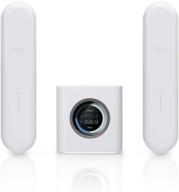
AmpliFi HD WiFi System: Whole Home Coverage, HD Router, 2 Mesh Points

33 Review
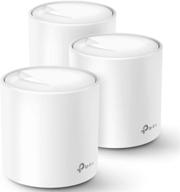
TP-Link Deco X60: Ultimate Whole-Home Mesh Wi-Fi3-Pack with WiFi 6 AX3000

19 Review
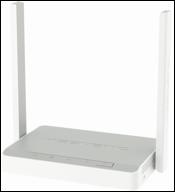
Wi-Fi router Keenetic Air (KN-1613), white/grey

26 Review
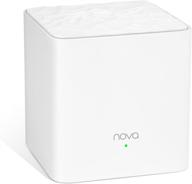
Tenda Nova Mesh WiFi System (MW3) - Complete Whole Home Coverage, 1-Pack

25 Review
Another interesting products
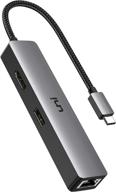
🔌 uni USB C Hub with Ethernet Adapter, 4K HDMI, Gigabit Ethernet, and 3 USB 3.0 Ports for MacBook Pro, iPad Pro, XPS

11 Review
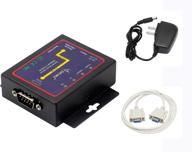
🔌 CERRXIAN RS232 to Ethernet Serial Device Server - TCP/IP Converter with 1Port DB9 RS232 Serial to Ethernet Connectivity

3 Review
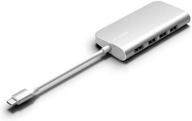
🔌 Juiced Systems Silver BizHUB USB-C Multiport Gigabit HDMI Hub with 3 USB 3.0 Ports, Gigabit Ethernet, 4K HDMI, SD/Micro SD, and USB-C Power Delivery

11 Review
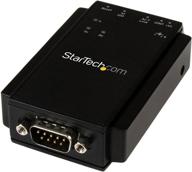
🔌 StarTech.com NETRS232 Serial to IP Ethernet Device Server - DIN Rail Mountable - Serial Device Server - Serial Over IP Device Server (Black)

4 Review

